The Foolproof Method for Savory Tofu Muffins That Actually Taste Good
For the longest time, my attempts at a savory vegan muffin were, frankly, a disaster. I churned out batches of dense, rubbery pucks and soggy, crumbly messes that fell apart if you looked at them funny. It was frustrating. It wasn’t until I had a lightbulb moment and stopped treating them like their sweet, cakey cousins that things finally clicked. The secret isn’t one magic ingredient; it’s a whole method.
In this article
So, what are these exactly? Think of them less like a bread-y muffin and more like a satisfying, mini frittata or a crustless quiche bite. They’re dense, moist, and packed with flavor. Once you get the hang of the basic technique, you can truly make them your own.
I’ve fine-tuned this process over countless batches, and I’m sharing the whole blueprint. We’ll dive into why certain ingredients are non-negotiable and how to sidestep the common pitfalls I’ve already fallen into for you. Ready?
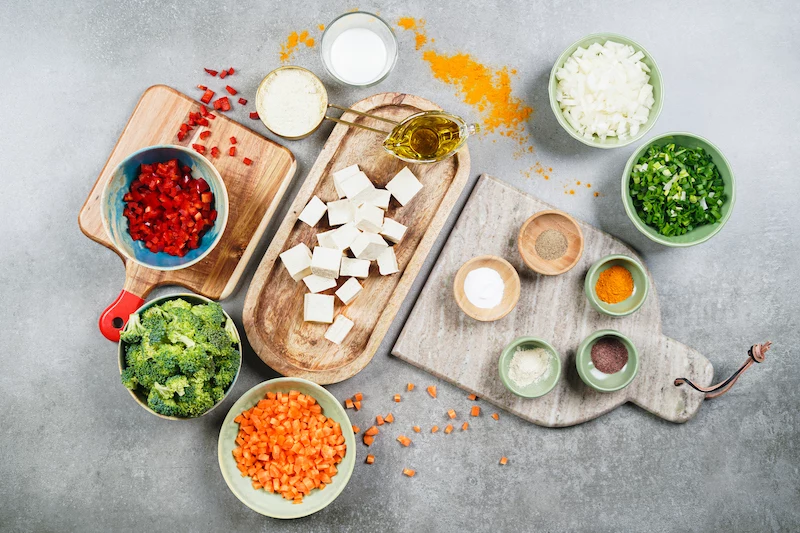
The Building Blocks of a Great Savory Muffin
Traditional muffins lean on eggs for structure and moisture. To build a solid egg-free version, we need to cleverly replace those functions. This is where a little kitchen know-how makes all the difference.
The Tofu Foundation: Your Secret Weapon
Tofu is the absolute star here, pulling double duty as both the binder and the source of moisture. When it heats up, its protein sets and gives the muffin its structure, kind of like an egg would. But listen, the type of tofu you grab at the store is critical.
You absolutely have to use firm or extra-firm tofu. These types have less water and more dense, protein-rich goodness, which is exactly what we need for a sturdy bite. A typical 14-16 oz block from a brand like Nasoya or any generic supermarket brand will do the trick, usually costing between $2.50 and $4.00.
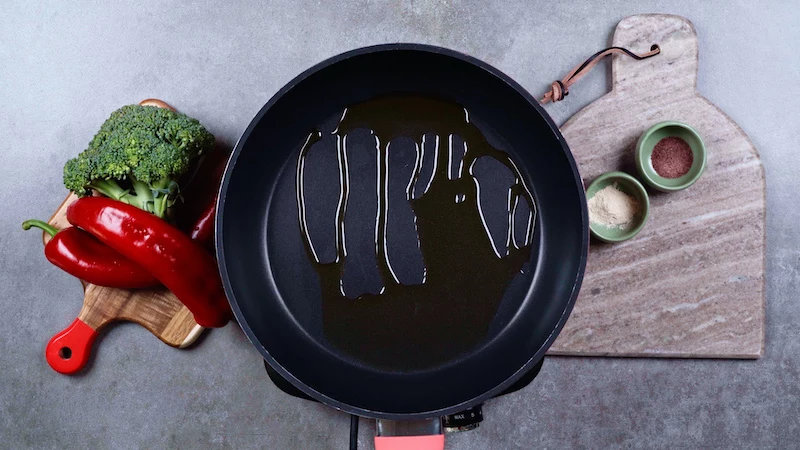
- What to Avoid: Seriously, do not use silken or soft tofu. I tried it once, hoping for a creamier texture. Big mistake. The high water content creates a soupy batter that never quite sets in the middle. The result was a weirdly baked vegetable pudding. Not good.
Heads up! Pressing is non-negotiable. Even extra-firm tofu is hiding a surprising amount of water. If you leave it in, it’ll turn to steam in the oven, making your muffins soggy from the inside out. To press it, just wrap the block in a clean dish towel, place it on a plate, and pop something heavy on top—a cast iron pan or a couple of big books works perfectly. Let it sit for at least 30 minutes. You’ll be shocked by the puddle of water it leaves behind.
Flour and Binders: Getting the Texture Right
With tofu handling the main structure, the flour’s job is to soak up any extra moisture and create a tender texture. The type you choose has a pretty big impact.
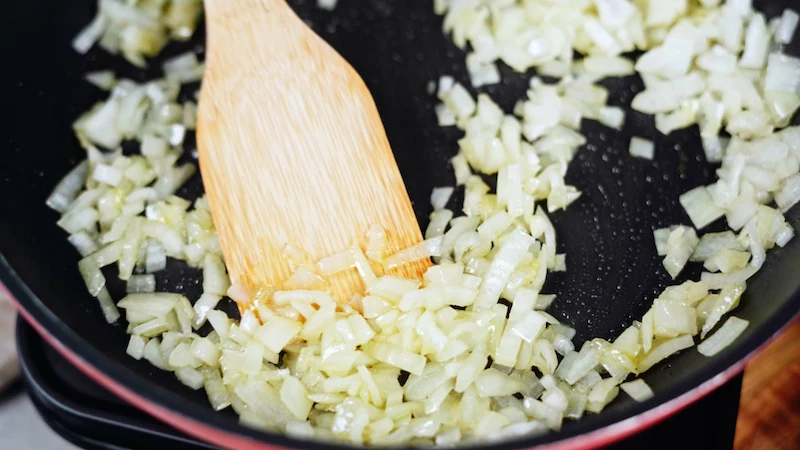
- Gluten-Free All-Purpose Flour: This is a super reliable choice. A good blend, like Bob’s Red Mill 1-to-1, gives you a light, neutral-tasting muffin. It’s my go-to when I’m baking for a crowd with different dietary needs.
- Chickpea Flour (Besan): Okay, this is my personal favorite for savory stuff. It adds a subtle, earthy flavor that’s almost cheesy, and gives the muffins a gorgeous golden hue. It’s also high in protein, which helps the structure. You can usually find it in the international aisle or health food section for about $4-$6 a bag.
- Whole Wheat or Spelt Flour: If gluten isn’t an issue, these flours are fantastic. They add a nutty, hearty flavor and a good dose of fiber, but be aware they will make for a denser, more substantial muffin.
By the way, when you blend the pressed tofu with a bit of milk and flour, you’re creating a thick paste. This paste is the magic ‘batter’ that suspends all your chopped veggies evenly, so you don’t end up with a sad layer of vegetables at the bottom.
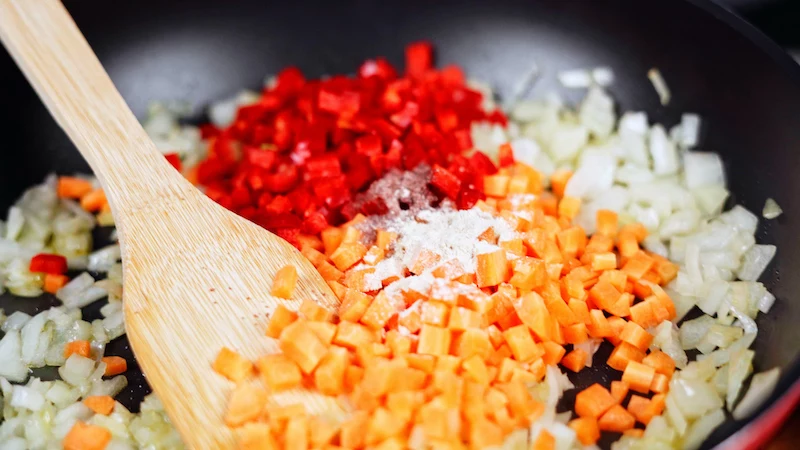
Leavening: A Little Lift Goes a Long Way
Because these muffins are loaded with veggies and dense tofu, they need a little help getting some lift. We use double-acting baking powder, which gets to work twice: once when it gets wet, and again when it gets hot. That two-stage action is perfect for a heavy batter like this one. Be precise with it, though! Too much and your muffins will taste bitter; too little and they’ll be flat as a pancake.
Quick tip: Always check the expiration date on your baking powder. To test if it’s still good, drop a small spoonful into hot water. If it fizzes like crazy, you’re good to go.
Prepping Your Veggies for Maximum Flavor
This is a step a lot of people skip, but it’s so important. Tossing raw veggies into the batter is a recipe for disaster. They release all their water during baking, creating pockets of sogginess and diluting the flavor. We’re going to cook them first to build a deep, delicious base.
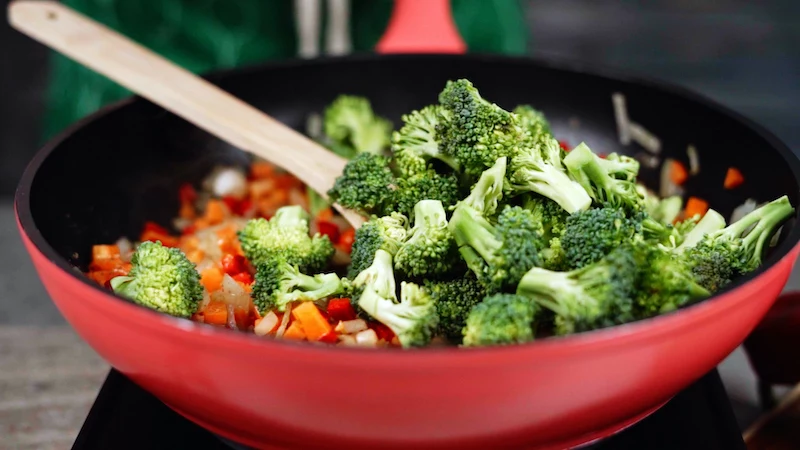
Sautéing: Where the Magic Happens
We sauté the veggies to soften them and, more importantly, to build flavor through caramelization. This is what separates a bland muffin from a truly delicious one.
- Don’t crowd the pan. Use a wide skillet so the veggies have room to brown. If they’re all piled on top of each other, they’ll just steam.
- Start with your aromatics. Get your onions, shallots, or leeks in the pan first over medium heat. Let them cook for a solid 5-7 minutes until they’re soft, sweet, and fragrant. Don’t rush this!
- Add harder veggies next. Things like carrots and bell peppers can go in now. Cook them until they just start to soften up.
- Finish with the delicate stuff. Broccoli, spinach, or green onions only need a minute or two to wilt and turn bright green.
A note on watery vegetables like mushrooms or zucchini: these guys need special treatment. You have to cook them separately until all their liquid has evaporated and they’re starting to brown. If you don’t, they will release a ton of water and absolutely ruin the texture of your muffins. Trust me on this.
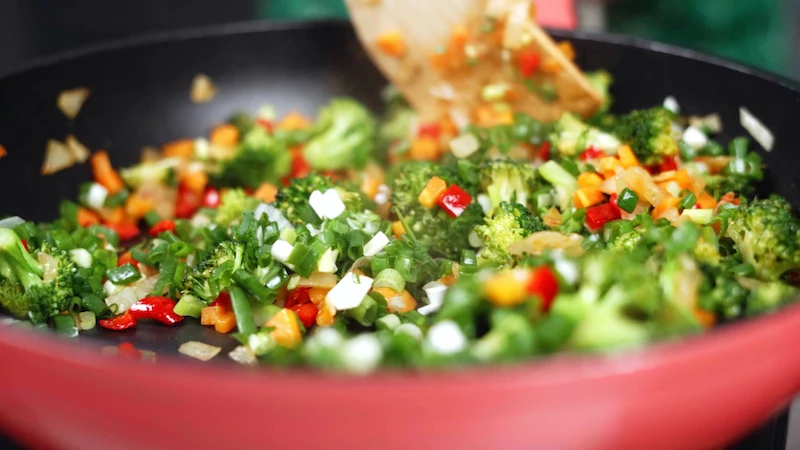
The Master Method: Your Tofu Muffin Blueprint
Once you nail this down, you can swap veggies and spices to your heart’s content. I really recommend making it exactly as written the first time, just so you get a feel for how the batter should look and feel at each stage.
What You’ll Need
- A standard 12-cup muffin tin
- Paper or silicone liners (I prefer silicone—they’re reusable and nothing ever sticks. A set is usually under $10 online.)
- A food processor (A high-powered blender can work, but a processor handles the thick paste better.)
- No food processor? No problem. You can absolutely do this by hand. Just use a potato masher and a whole lot of elbow grease to break down the tofu until it’s as smooth as you can get it, then whisk in the other base ingredients. The final texture will be a bit more rustic, but still delicious.
- A large skillet, mixing bowls, spatula, and measuring tools
- A kitchen scale (I always recommend weighing flour for the most accurate results)
- A wire cooling rack
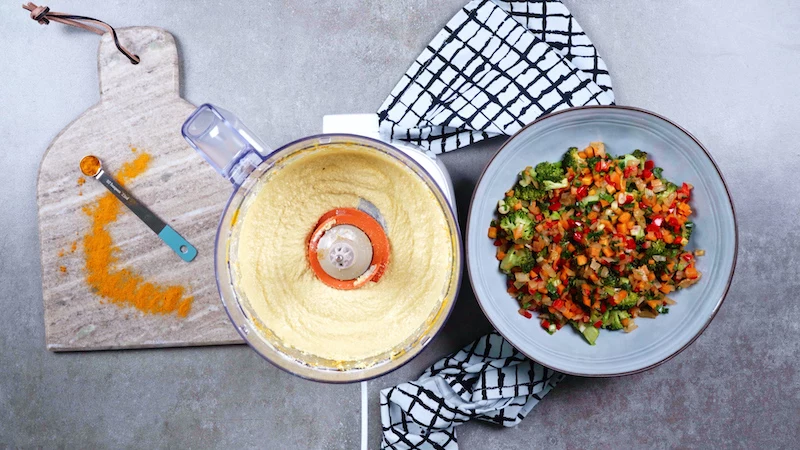
Ingredients (for 12 Muffins)
Prep time: 25 mins | Cook time: 25-30 mins
For the Veggies:
- 1 tbsp Olive Oil
- 1 medium Yellow Onion, finely diced
- 2 medium Carrots, finely diced
- 1 Red Bell Pepper, finely diced
- 1.5 cups (about 150g) Broccoli florets, chopped small
- 3 Green Onions, thinly sliced
- 1/2 tsp Salt
- 1/4 tsp Black Pepper
For the Tofu Base:
- 1 block (14-16 oz) Extra-Firm Tofu, pressed for 30 minutes
- 1/2 cup Unsweetened Plant Milk (oat or soy are great)
- 1/2 cup (60g) Chickpea Flour (or a GF all-purpose blend)
- 2 tbsp Nutritional Yeast (this gives a savory, cheesy flavor and costs around $5-$7 a bag in the health food aisle)
- 2 tsp Double-Acting Baking Powder
- 1 tsp Turmeric (mostly for that nice golden color)
- 1/2 tsp Garlic Powder
- 1/2 tsp Salt
Step-by-Step Guide
1. Preheat & Prep. Get your oven rack in the middle and preheat to 375°F (190°C). Line your muffin tin.
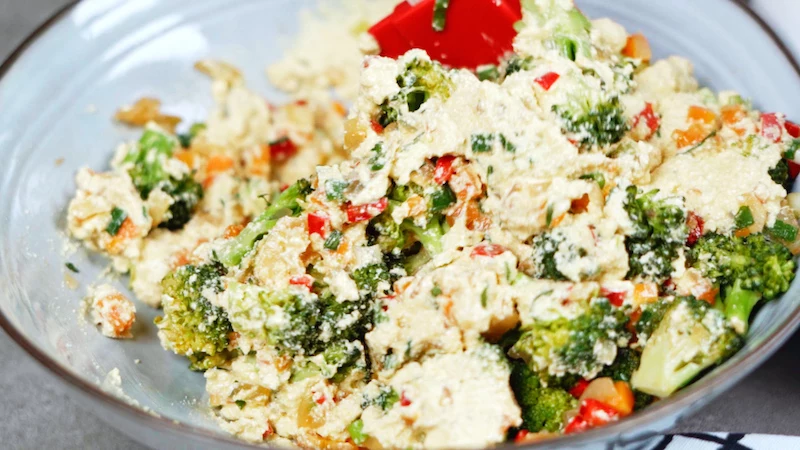
2. Sauté the Veggies. Heat the olive oil in your skillet over medium heat. Add the onion and cook for 5-7 minutes until soft. Toss in the carrots, bell pepper, salt, and pepper, and cook for another 5 minutes. Finally, add the broccoli and cook for 2-3 minutes more until bright green. Stir in the green onions, then take it off the heat to cool down a bit.
3. Make the Tofu Paste. While the veggies are going, crumble your pressed tofu into the food processor. Add the plant milk, flour, nutritional yeast, baking powder, turmeric, garlic powder, and the other 1/2 tsp of salt. Blitz it until it’s super smooth, scraping down the sides once or twice. You’re aiming for a texture like thick hummus. Don’t leave any big tofu chunks!
4. Combine. Scrape the tofu paste into a big bowl. Add the cooked veggies. Gently fold it all together with a spatula until it’s just combined. Don’t go crazy overmixing, or you might get tough muffins.
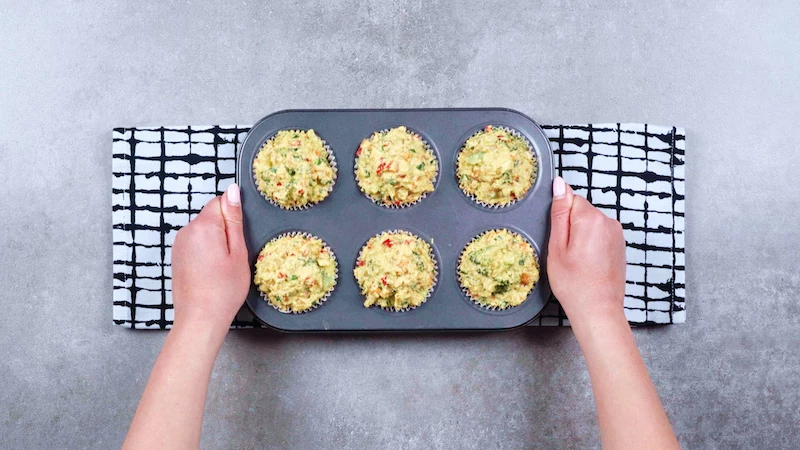
5. Portion It Out. The batter will be thick, not pourable. An ice cream scoop is perfect for this. Divide the mixture evenly between the 12 muffin cups. They’ll be pretty full.
6. Bake. Bake for 25-30 minutes. They’re done when the tops are golden brown, feel firm when you gently press them, and a toothpick inserted into the center comes out clean. For a pro move, the internal temperature should be 200-205°F (93-96°C) on an instant-read thermometer. (For mini-muffins: Reduce the bake time to about 15-18 minutes.)
7. Cool Down (Crucial Step!). Let the muffins cool in the tin for 10 minutes. This lets them finish setting up. If you pull them out too early, they might crumble. After 10 minutes, move them to a wire rack to cool completely. This prevents the bottoms from getting soggy.
Troubleshooting: What Went Wrong?
I’ve made every mistake in the book, so let’s troubleshoot the most common issues.

- Help, my muffins are wet and soggy!
Nine times out of ten, this is a water problem. You either didn’t press the tofu enough, used watery veggies without cooking them down first, or you pulled the muffins out of the oven too soon. Always press for a full 30 minutes and test for doneness with a skewer, not just the clock. - My muffins are dry and dense.
This usually points to a measurement error or overbaking. Using too much flour, or baking them for too long, will suck the moisture right out. I recommend weighing your flour if you can, and start checking for doneness at the 25-minute mark. Your oven might run hot! - They taste kind of bland or “beany.”
This means you didn’t build enough flavor. Did you sauté the veggies until they were sweet? Did you use enough salt in both the veggies and the tofu base? That “beany” taste is from raw tofu flavor that hasn’t been balanced. The nutritional yeast and proper seasoning are key to cutting through it. A little dash of soy sauce or lemon juice in the tofu paste can also work wonders.
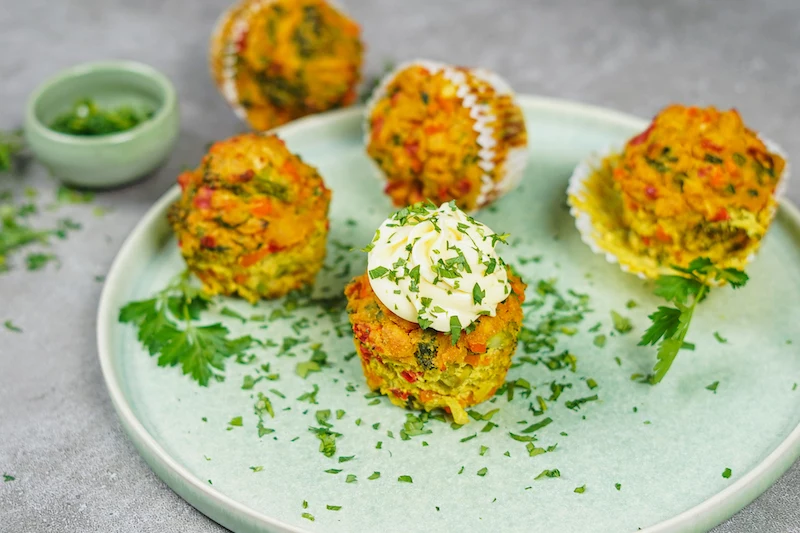
Get Creative: Flavor Variations
Once you’re comfortable with the method, the fun begins. Just swap out the base veggies (onion, carrot, pepper, broccoli) for one of these combos.
- Mediterranean-Inspired: Use 1/2 cup chopped sun-dried tomatoes (the oil-packed kind, drained), 1/2 cup chopped Kalamata olives, and 1 tbsp of dried oregano. A little spinach wilted in with the onion would be great here, too.
- Southwestern Style: Try 1 cup of frozen corn (thawed) and 1 can of black beans (rinsed really well). Add 1 tsp of cumin and 1/2 tsp of chili powder when you sauté the onion, and stir in a handful of fresh cilantro at the very end.
- Curried Goodness: Add 1 tbsp of mild curry powder and 1 tsp of grated fresh ginger with the onions. Swap the other veggies for 1.5 cups of diced potatoes (sautéed until tender) and frozen peas.
A Quick Time-Saving Hack
Short on time? Use a 10-12 oz bag of frozen mirepoix (diced onion, carrot, and celery) instead of chopping fresh. You can also press your tofu in the fridge overnight so it’s ready to go in the morning. Every little bit helps!

Storage and Reheating
These are fantastic for meal prep. Let them cool completely, then store them in an airtight container in the fridge for up to 5 days. They also freeze beautifully for up to 3 months. To reheat, skip the microwave (it makes them soft). Pop them in a toaster oven or regular oven at 350°F (175°C) for 10-15 minutes to warm them through and get the outside slightly crispy again.
So, what flavor combination are you going to try first? Let me know! Enjoy the process.
Inspirational Gallery
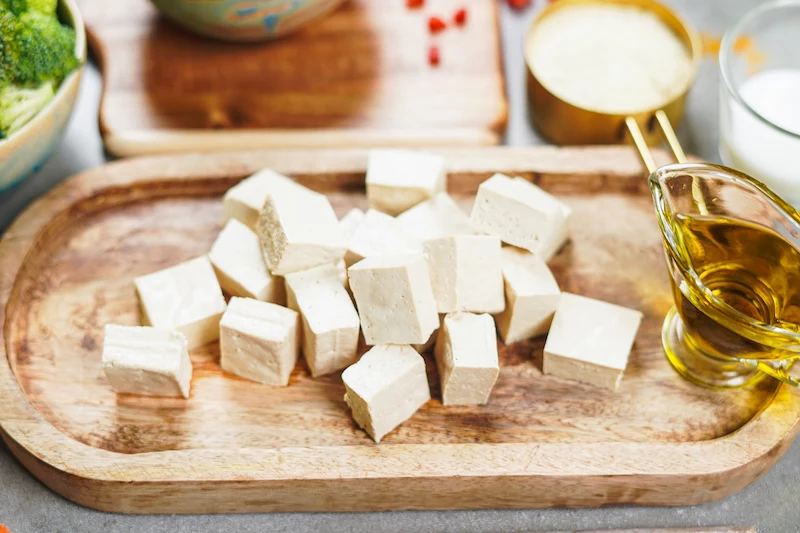
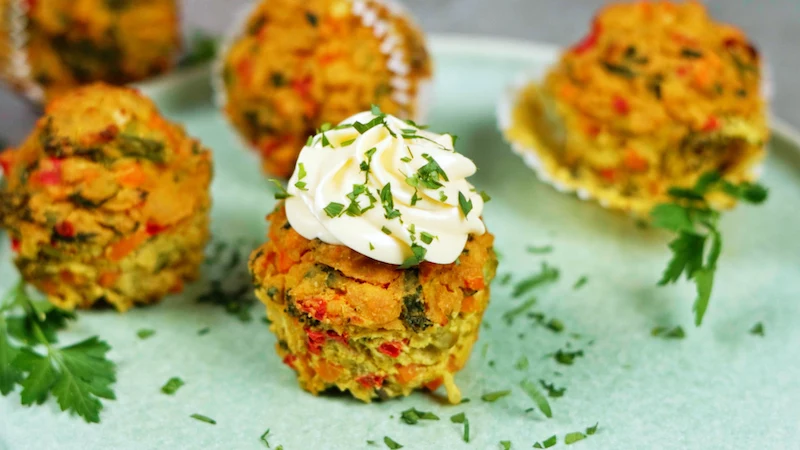
How do I prevent my muffins from sticking to the pan?
Even the best non-stick muffin tins can betray you with an egg-free batter. The foolproof solution is to use silicone liners. They peel away effortlessly every time, preserving the perfect shape of your savory creations. Alternatively, if you’re using a metal pan, a thorough greasing with coconut oil followed by a light dusting of chickpea flour creates a reliable non-stick barrier that won’t affect the final taste.
Over 40% of tofu’s calories come from protein, which is why it creates such a satisfying, frittata-like structure when baked.
This high protein content is precisely what makes firm tofu the ideal substitute for eggs in this recipe. As it heats, the proteins coagulate and set, trapping moisture and ingredients within a stable matrix. This is a completely different chemical reaction than what happens with flour and baking soda, explaining why these muffins are more akin to a mini-quiche than a bready snack.










